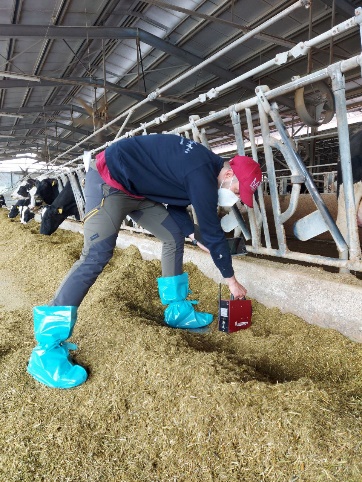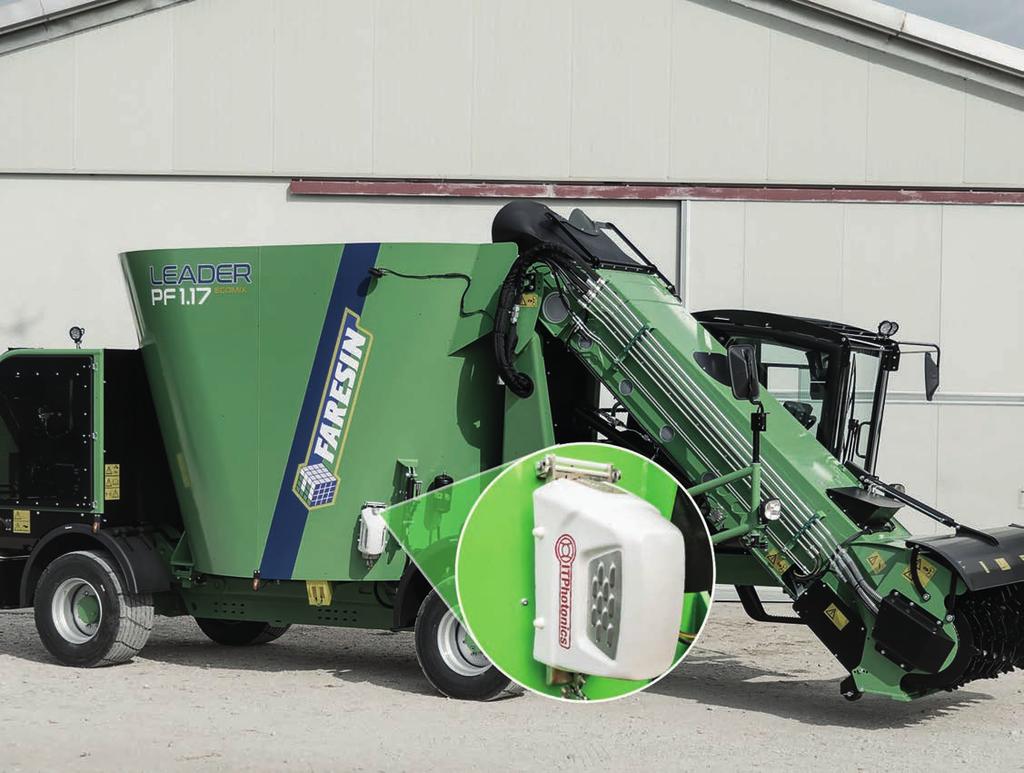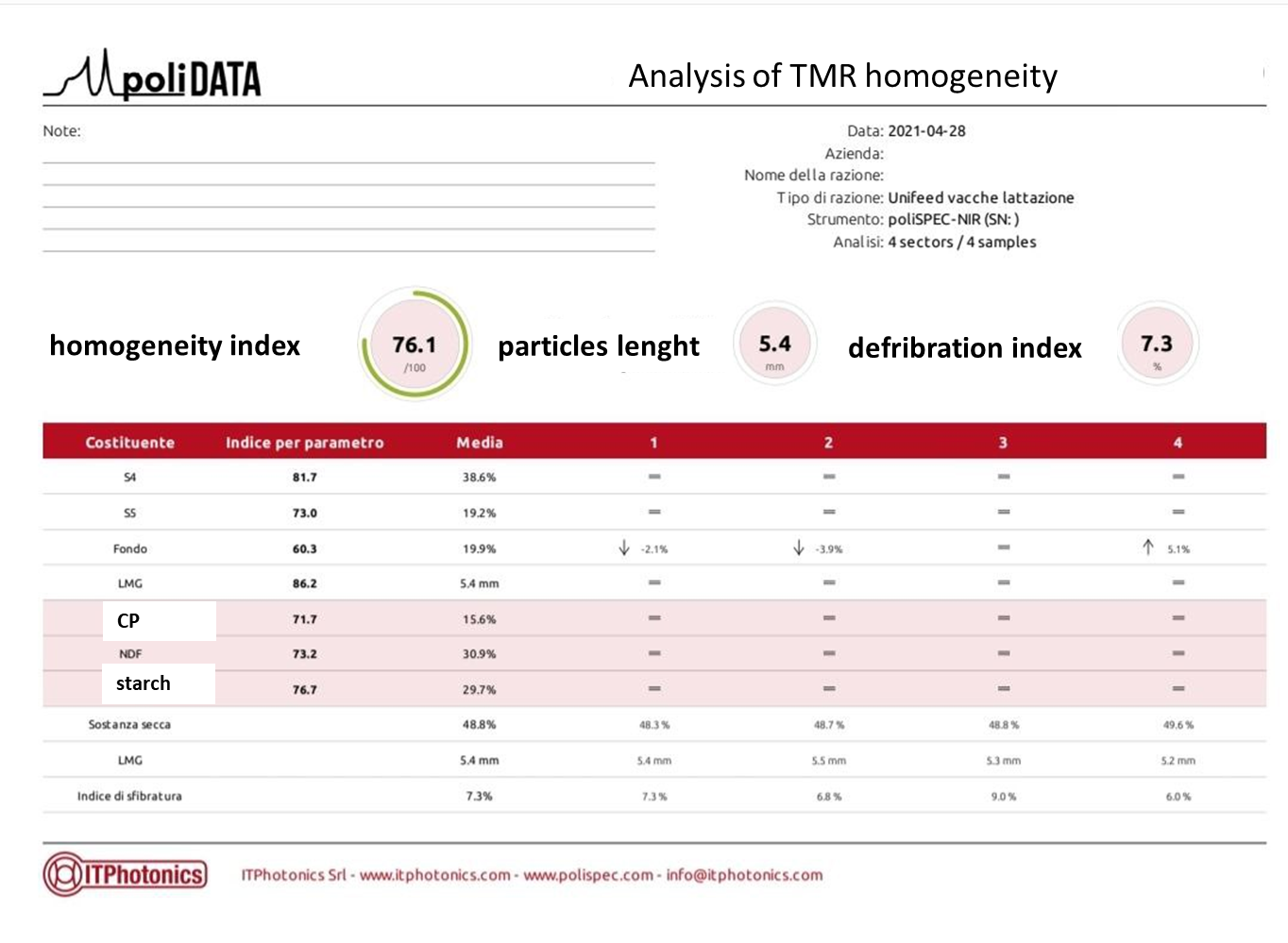
|
Introduction to the challenge addressed The NIRS technique, Near Infra-Red Spectroscopy, allows the precise and accurate determination of the chemical composition of products of plant and animal origin, based on the application of predictive equations developed independently by the laboratory. NIRS instrumentation and database, developed and owned by MAPS Department (University of Padova), are the result of two decades of research and development and allow to perform analysis for the main categories of products, for the determination, even in modest concentrations, of its components. In addition to the bench instrumentation used in the laboratory, the staff has developed prediction equations applied on portable instruments, which can be used at the farm reducing the waiting time of the analysis data. The advantages of rapid predictive NIRS are many. The reduced preparation of samples eliminates the consumption of reagents that pollute the environment and are dangerous for operators, and also compresses the time of emission of the analysis data. For the same analysis, ensuring the quality of the result, the cost per sample is lower than that required for analytical chemistry. This allows, at the same cost, to analyse a greater number of samples reducing the sampling error in the field (which can be the main source of error in analysis), that is, increasing the representativeness of the sample in the overall mass of the farm products.
|
|||
|
|
|||
|
Description of Innovation The use of portable NIRs instruments for the control of chemical and physical traits of TMR and feed was applied in two beef farms located in Veneto and Piemonte regions. These farms fatten French bulls and heifers under intensive rearing systems. The NIRs analyses were directly performed at the feeding alley using portable devices or were installed into the mixer wagon. These digital devices guaranteed a precise and continuous monitoring of feed variability day by day and along the feeding alley. They allowed the control of TMR homogeneity and bull sorting activity. The challenge was to reduce the negative effect of feed variability during the TMR preparation to ensure a correct TMR formulation for the animals, and to monitor the mixer wagon efficiency in terms of TMR homogeneity. Moreover, this technique can predict the chemical constituents of bulls’ faeces in order to calculate the digestibility of the main nutrients (DM, CP, NDF, starch).
|
|||
|
|
|||
|
Impact on farm performance This technique allows a greater feed efficiency with low nutrient/feed losses, with a consequent reduction of feeding costs, greater feed conversion rate. From a health and welfare point of view, this application can reduce the occurrence of rumen acidosis and other feeding-related dysmetabolic diseases. Another potential advantage of the continuous monitoring of chemical and physical traits of TMR and feed is the control of nutrient losses, in particular of nitrogen and energy. A weak point of this technique is the high cost of investment, but this cost can be compensated by the immediate advantages on the feeding management. |
|||
|
|
|||
|
Audio-visual material
Portable NIR instrument used by operator or installed on a mixing wagon
Parameters obtained from NIR analysis[ZF2] . In evidence some of the more useful parameters for feeding preparation and monitoring
|
|||
|
|
|||
|
Farmer comment (for Good Practices)
|
|||
|
|
|||
|
Further information https://www.maps.unipd.it/laboratorio-nirs |
|||
|
|


